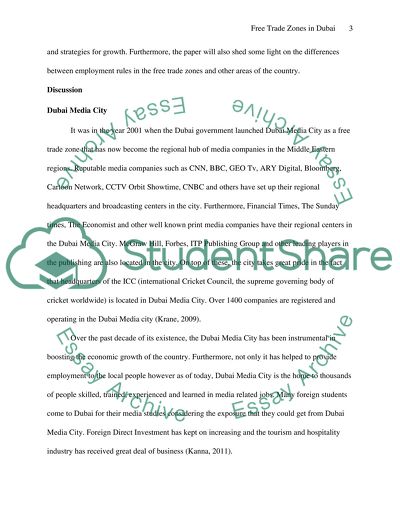Cite this document
(“Free Trade Zones in UAE and Economic Development Research Paper - 1”, n.d.)
Free Trade Zones in UAE and Economic Development Research Paper - 1. Retrieved from https://studentshare.org/macro-microeconomics/1436695-free-trade-zones-in-uae-economic-development
Free Trade Zones in UAE and Economic Development Research Paper - 1. Retrieved from https://studentshare.org/macro-microeconomics/1436695-free-trade-zones-in-uae-economic-development
(Free Trade Zones in UAE and Economic Development Research Paper - 1)
Free Trade Zones in UAE and Economic Development Research Paper - 1. https://studentshare.org/macro-microeconomics/1436695-free-trade-zones-in-uae-economic-development.
Free Trade Zones in UAE and Economic Development Research Paper - 1. https://studentshare.org/macro-microeconomics/1436695-free-trade-zones-in-uae-economic-development.
“Free Trade Zones in UAE and Economic Development Research Paper - 1”, n.d. https://studentshare.org/macro-microeconomics/1436695-free-trade-zones-in-uae-economic-development.


